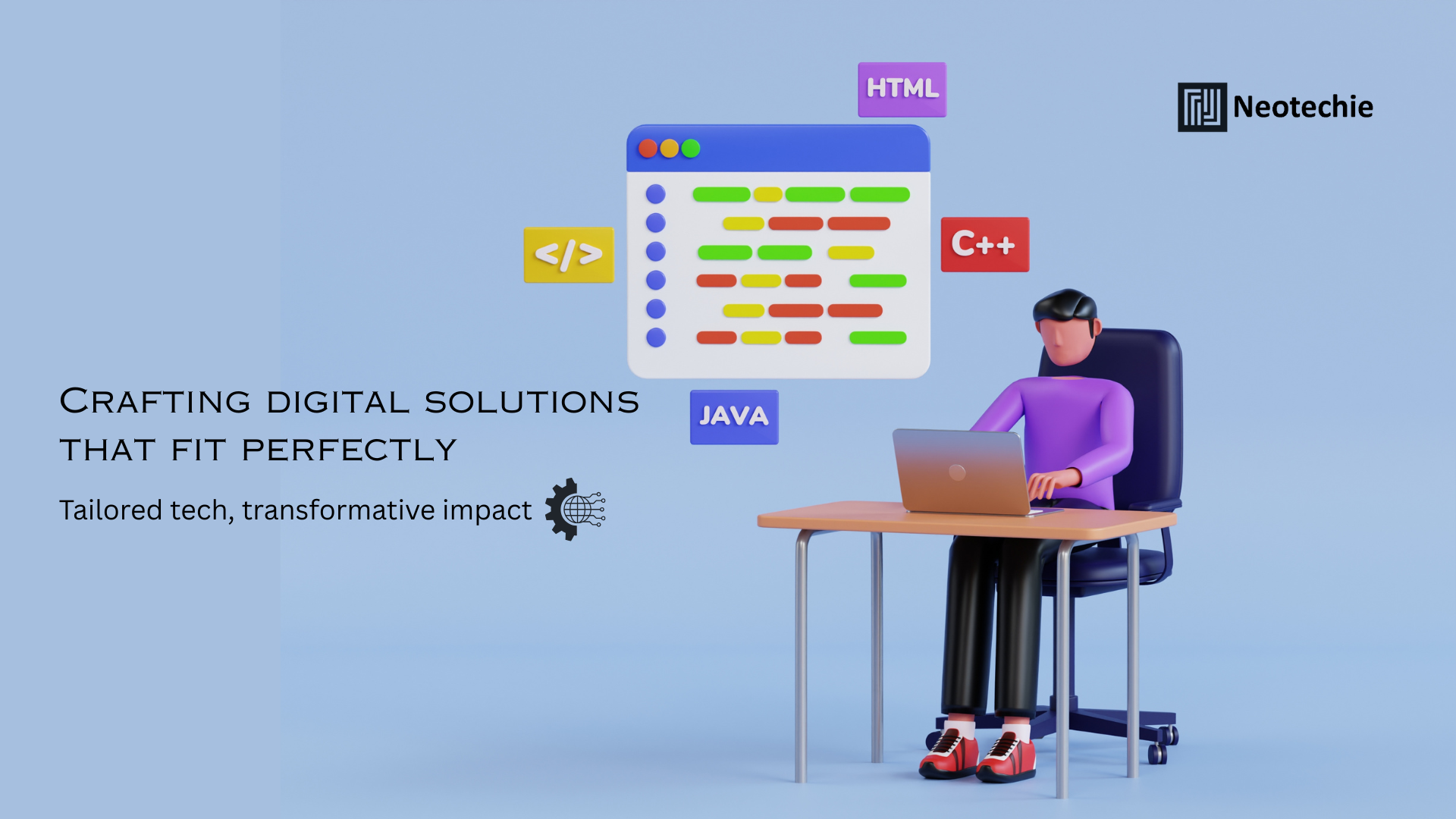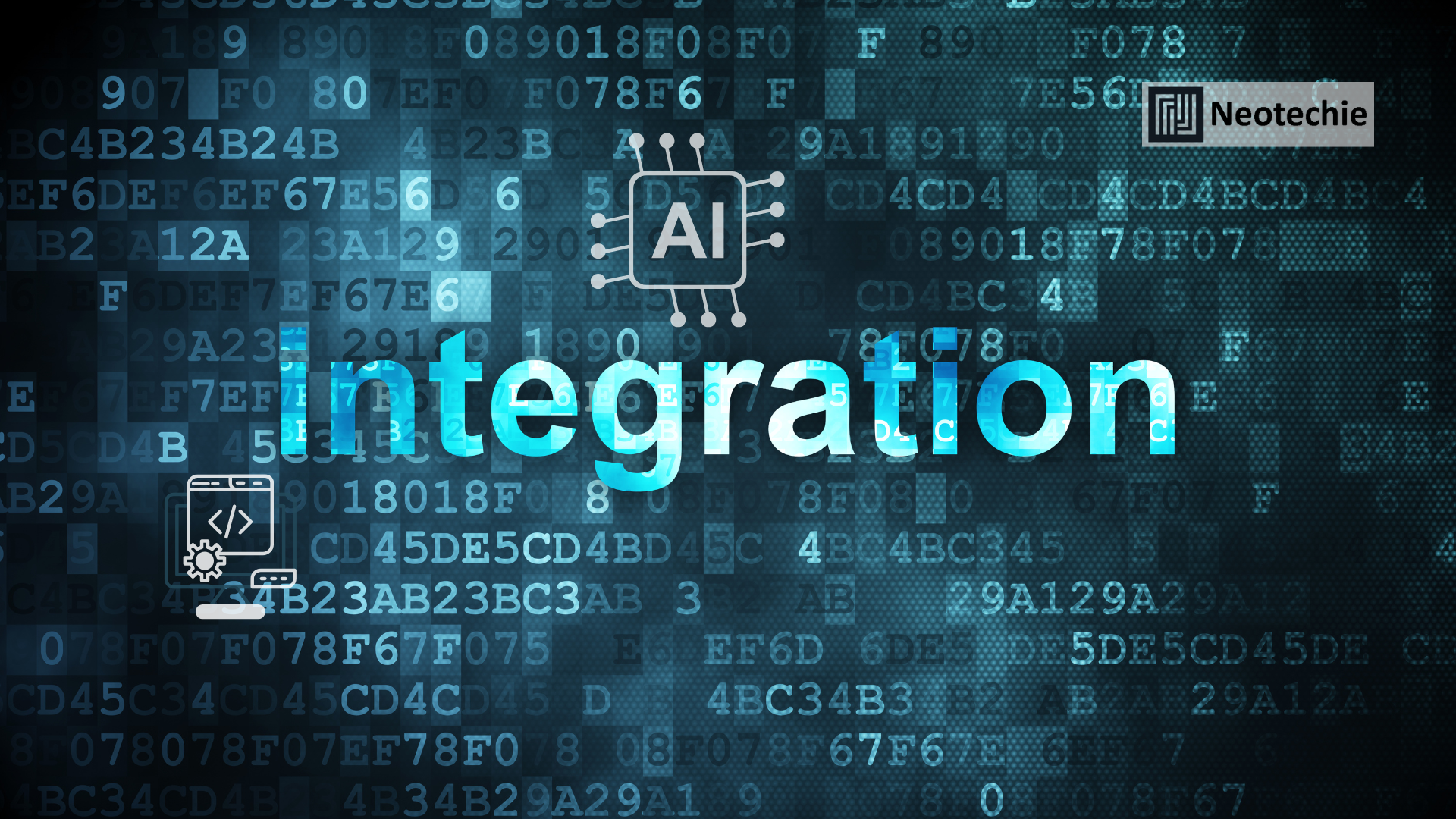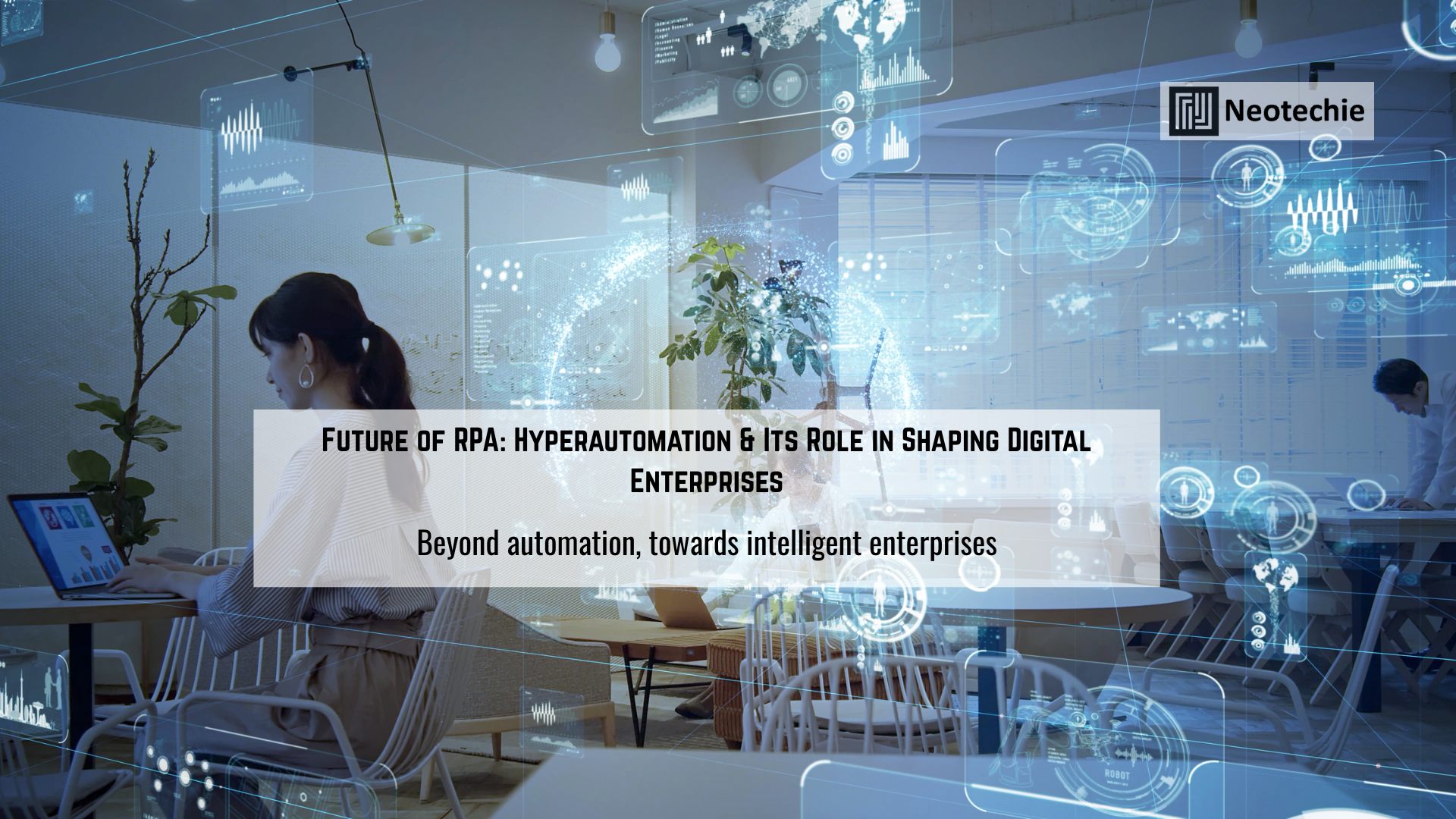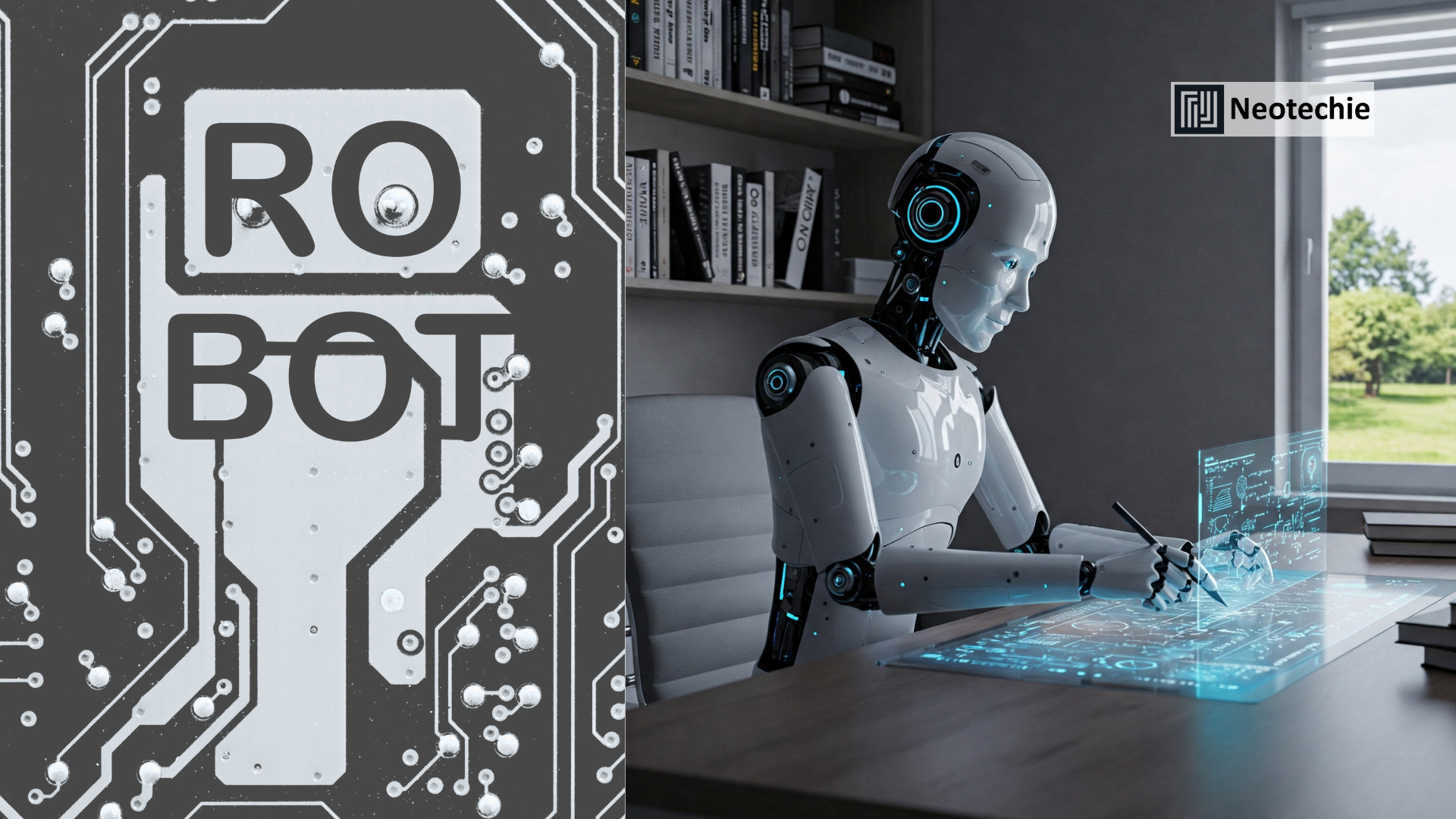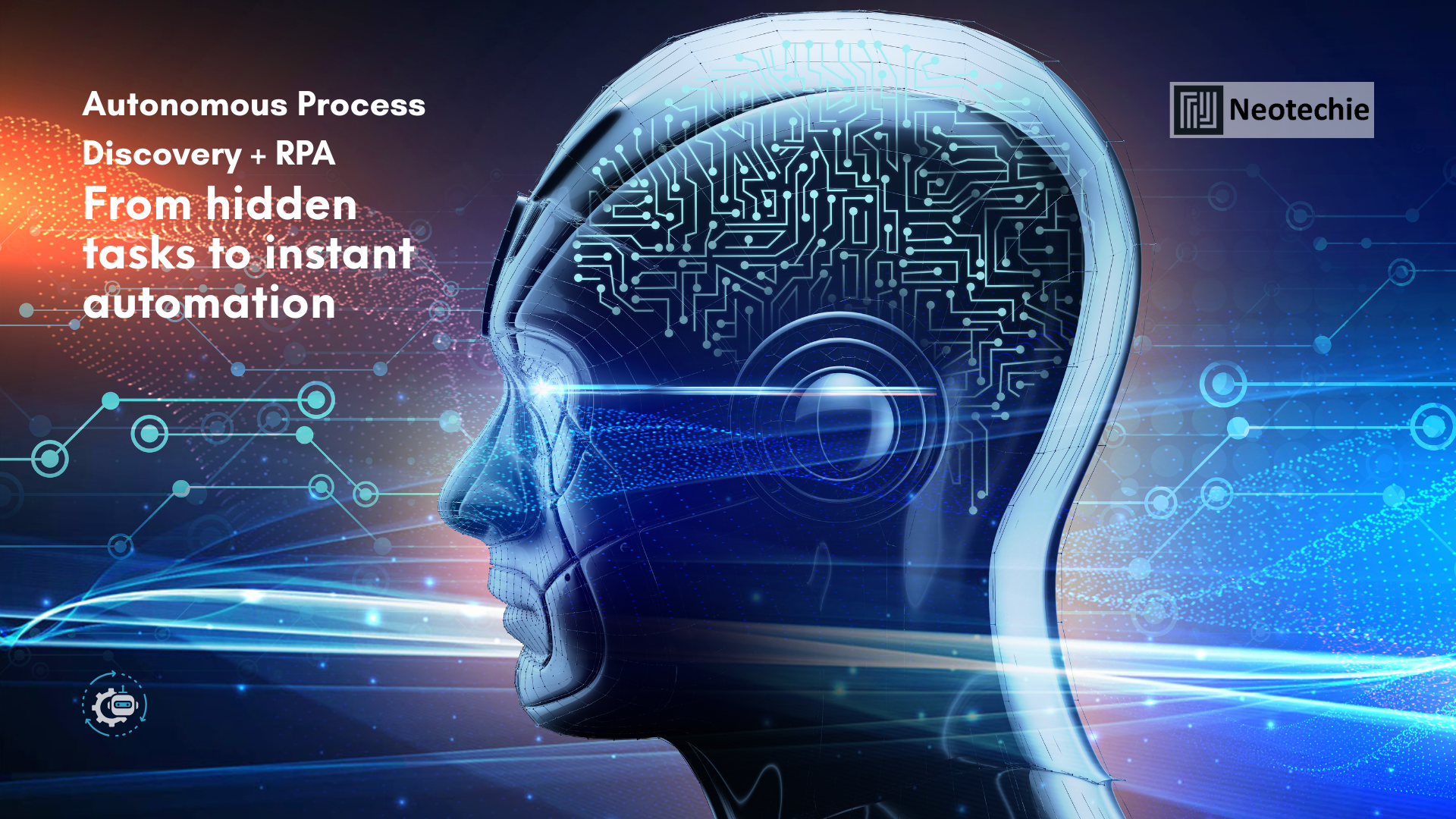What is Bespoke Software Development?
Bespoke software development involves crafting highly specialized software applications designed to address the distinct challenges and objectives of an organization. Unlike standard software, which offers generic features, bespoke solutions are engineered to align precisely with a company’s workflows, customer requirements, and growth strategies.
These solutions can include web applications, mobile platforms, enterprise systems, automation tools, and integrated analytics dashboards. The goal is to create software that not only solves current operational pain points but also anticipates future business needs, enabling continuous transformation.
Why Businesses Need Bespoke Software
- Perfect Fit for Business Processes
Off-the-shelf software often forces businesses to adjust their workflows to fit the tool. Bespoke solutions adapt to the organization, preserving efficiency and operational integrity. - Unmatched Competitive Advantage
Tailored features, unique functionalities, and exclusive capabilities enable businesses to outperform competitors and deliver innovative services. - Scalable and Future-Ready
As businesses expand, bespoke software evolves alongside them, accommodating increased workloads, new features, and emerging technologies without the constraints of generic applications. - Enhanced Data Utilization
Customized analytics, reporting, and dashboards provide actionable insights that inform strategic decision-making, optimize operations, and enhance customer engagement. - Seamless Integration
Bespoke software connects effortlessly with existing systems, cloud platforms, and third-party tools, creating a unified digital ecosystem that maximizes efficiency. - Security and Compliance
Tailored security protocols and compliance mechanisms ensure that sensitive data is protected and industry standards are consistently met.
How Bespoke software development Drives Business Transformation
- Innovation Enablement
Businesses can implement creative solutions that redefine customer experiences, introduce new service offerings, and streamline internal processes. - Operational Optimization
By automating repetitive tasks and integrating workflows, bespoke software reduces errors, accelerates processes, and improves productivity. - Strategic Decision Support
Real-time data collection and analytics empower leadership to make informed, proactive, and growth-oriented decisions. - Market Responsiveness
Tailored software allows rapid adaptation to changing market demands, regulatory shifts, and customer preferences, ensuring sustained competitiveness. - Resource Efficiency
Bespoke solutions optimize the use of existing infrastructure and human resources, minimizing waste and maximizing ROI.
How the Process Works
- Discovery and Consultation
Engage stakeholders to understand pain points, business goals, and desired outcomes. - Solution Architecture
Design a scalable, modular software structure that can evolve with business needs. - Iterative Development
Implement agile development cycles with regular feedback loops to ensure alignment with requirements and rapid delivery. - Integration and Testing
Seamlessly connect with existing systems while rigorously testing for performance, security, and usability. - Deployment and Adoption
Roll out the software with comprehensive support and training to ensure smooth implementation. - Continuous Improvement
Monitor performance, gather user feedback, and implement updates to maintain relevance and enhance functionality.
Real-World Impact
Financial Services: Bespoke software can automate complex financial modeling, risk assessment, and client reporting, reducing human error and increasing accuracy.
Healthcare: Custom applications improve patient data management, streamline telemedicine, and ensure compliance with evolving healthcare regulations.
Manufacturing: Tailored solutions enable predictive maintenance, supply chain visibility, and IoT integration, improving efficiency and reducing operational downtime.
Retail: Personalized e-commerce platforms and inventory management systems enhance customer experience and drive sales.
Logistics: Custom software optimizes route planning, warehouse management, and fleet tracking, improving delivery speed and reducing operational costs.
How Neotechie Can Help
Neotechie specializes in delivering bespoke software solutions that transform businesses:
- Consultation and Strategy: Understand business goals and craft a tailored software roadmap.
- Custom Development: Build scalable, secure, and efficient software applications.
- Integration: Seamlessly connect with existing systems and platforms.
- Analytics and Insights: Embed real-time data monitoring and reporting for strategic decision-making.
- Maintenance and Support: Ensure long-term performance, updates, and continuous enhancement.
Conclusion
Bespoke software development empowers businesses to break free from the limitations of generic solutions. By aligning technology with specific operational needs, organizations can drive innovation, efficiency, and strategic growth.
Neotechie’s expertise ensures that bespoke software not only solves today’s challenges but also positions businesses for sustainable transformation, competitive advantage, and long-term success.

